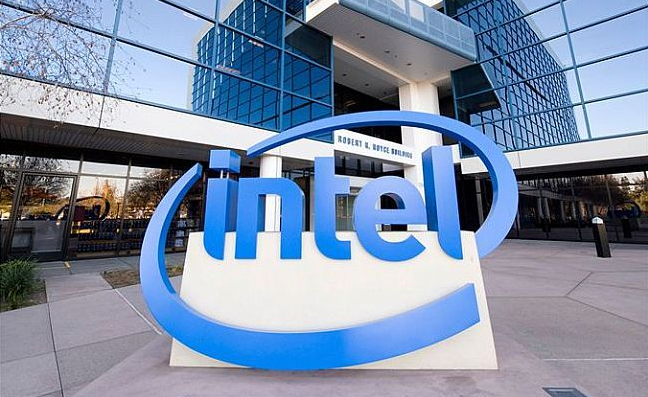August 09, 2021
2099
Recently, Intel CEO Pat Gelsinger said in an exclusive interview with the Washington Post that he is negotiating to build a mega-fab in the United States to boost American chip production and catch up with TSMC and Samsung Electronics.
Gelsinger said that he is currently negotiating with local officials and expects to announce the location of the plant before the end of this month. As for the site selection conditions, in addition to the necessary infrastructure (including cheap electricity and adequate water supply), it is also hoped that there will be a university nearby.
Gelsinger pointed out that this huge $15 billion fab will include six to eight modules to support advanced manufacturing processes and packaging technologies.
He also said that one of the goals is to create a small city to attract integrated circuit (IC) suppliers and become a center for training chip designers and production engineers. This new giant fab is one of the company's plans to regain its chip advantage.
Gelsinger also said: "We need a more flexible and globally balanced supply chain." He believes that as the semiconductor supply chain leaves Asia to find a new position, the legislation currently being formulated by Congress to provide tax concessions and subsidize chip research and development will have Help US chip manufacturers increase their share of global production in the next ten years, from about 12% to 30%.
He said that ten years later, if the US, European and Asian semiconductor manufacturing market share are 30%, 20% and 50% respectively, all parties will be satisfied.
Rebuilding Western chip manufacturing with tax incentives and incentives will help cope with the subsidies provided by China and other countries. These subsidies make Asian companies more economically attractive when building fabs, making it difficult for Western chip manufacturers to match. .
Since taking charge of Intel five months ago, Gelsinger has actively taken actions to revive Intel after a series of setbacks, including a $20 billion investment plan.
Intel’s new customers entering the wafer business include Amazon Web Services (AWS) and Qualcomm; AWS will use Intel’s packaging technology, and Qualcomm will build its smartphone platform based on Intel’s A20 process node scheduled to be launched in 2024.
Intel expects to launch an 18A process node before 2025 to regain its leading position in chip manufacturing.
